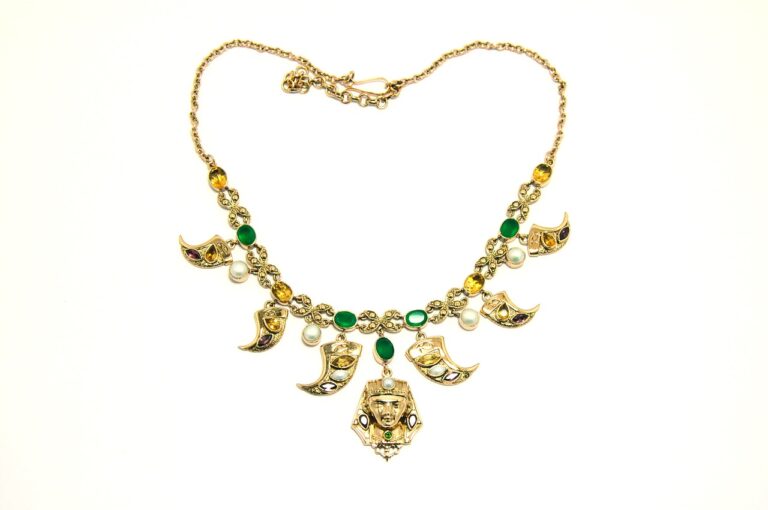Fashion and Sustainability: How Circular Fashion Practices Are Reshaping the Industry
Circular fashion practices prioritize reducing waste and extending the lifespan of clothing items. This approach involves designing garments with durability in mind, using high-quality materials, and implementing innovative solutions for recycling and upcycling. By closing the loop in the fashion industry, circular practices aim to minimize environmental impact while creating a more sustainable and ethical production cycle.
One of the key principles of circular fashion is promoting a shift towards a more regenerative system that considers the entire lifecycle of a product. This involves adopting practices such as designing for disassembly, promoting repair and maintenance services, and facilitating the return and resale of used garments. Through collaboration between stakeholders within the fashion industry and beyond, circular fashion encourages a holistic approach to sustainability that values resource efficiency and social responsibility.
The Evolution of Sustainable Fashion
Sustainable fashion has come a long way in recent years. With growing consumer awareness and a shift towards ethical practices, the fashion industry has been forced to reconsider its approach to production and consumption. Designers and brands are now exploring innovative materials and production methods to minimize their environmental impact while still creating stylish and high-quality garments.
One key aspect of the evolution of sustainable fashion is the emphasis on transparency and traceability throughout the supply chain. Consumers are becoming more interested in knowing where their clothes come from and how they are made. This demand for accountability has led to greater visibility into the production processes of fashion brands, pushing them to adopt more sustainable and ethical practices.
• As consumers become more conscious of the environmental and social impact of their purchases, brands are under pressure to provide information on sourcing and production
• Transparency in the supply chain allows consumers to make informed choices about the clothes they buy
• Brands are increasingly using sustainable materials such as organic cotton, recycled polyester, and Tencel to reduce their carbon footprint
• The rise of eco-friendly practices like zero-waste design and upcycling has also contributed to the evolution of sustainable fashion
The Impact of Fast Fashion on the Environment
The fashion industry’s fast-paced production and consumption cycles have led to detrimental effects on the environment. The constant demand for new trends and inexpensive clothing has resulted in increased textile waste, water pollution, and carbon emissions. The overproduction and disposal of clothes have contributed significantly to the depletion of natural resources and the growing levels of greenhouse gas emissions.
Fast fashion brands often prioritize profitability over sustainability, leading to the exploitation of labor and the extensive use of synthetic materials in clothing production. This not only harms the environment but also affects the well-being of workers in the garment industry. The lack of transparency in the supply chain of fast fashion brands further exacerbates the environmental impacts, making it challenging for consumers to make informed decisions about the clothes they purchase.
What is fast fashion?
Fast fashion refers to the quick turnover of low-cost, trendy clothing produced by fast fashion retailers in response to the latest fashion trends.
How does fast fashion contribute to environmental impact?
Fast fashion contributes to environmental impact through excessive water usage, chemical pollution, textile waste, and carbon emissions from transportation and production processes.
What are some key concepts in circular fashion practices?
Circular fashion practices involve designing for durability, using sustainable materials, implementing recycling and upcycling processes, and promoting a more sustainable supply chain.
How has sustainable fashion evolved over time?
Sustainable fashion has evolved from niche, eco-friendly brands to becoming a more mainstream focus for many fashion companies, with an emphasis on ethical production, transparency, and environmental responsibility.
What can individuals do to reduce the impact of fast fashion on the environment?
Individuals can reduce the impact of fast fashion by buying less, choosing quality over quantity, supporting sustainable and ethical fashion brands, and practicing clothing recycling and upcycling.







